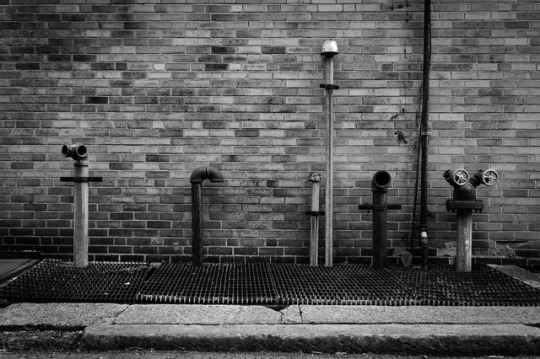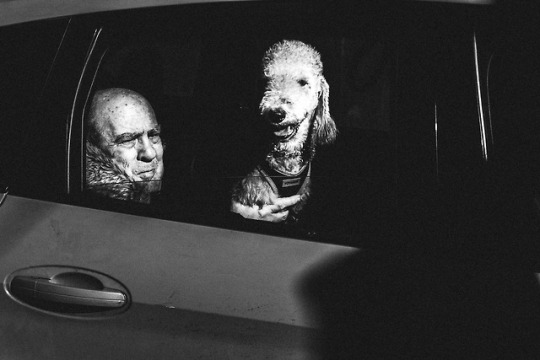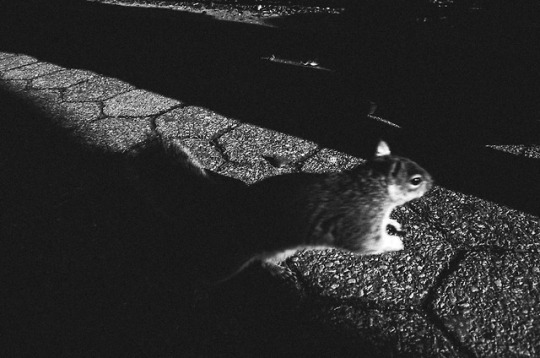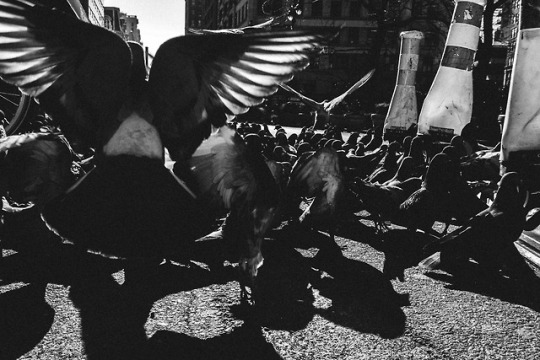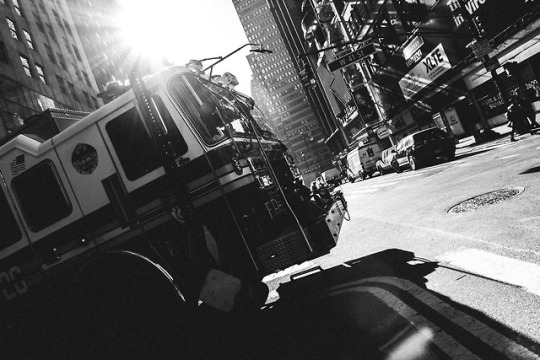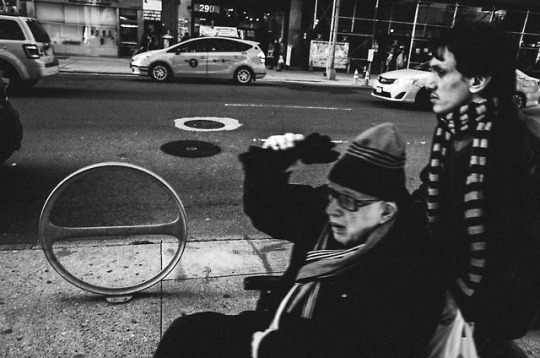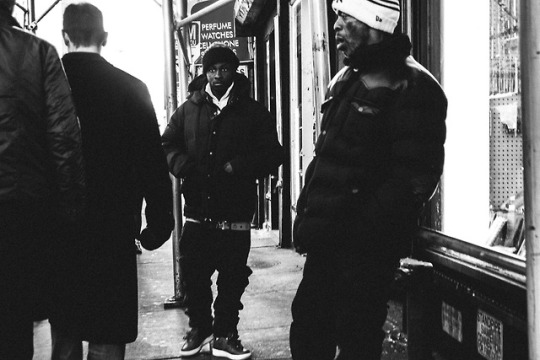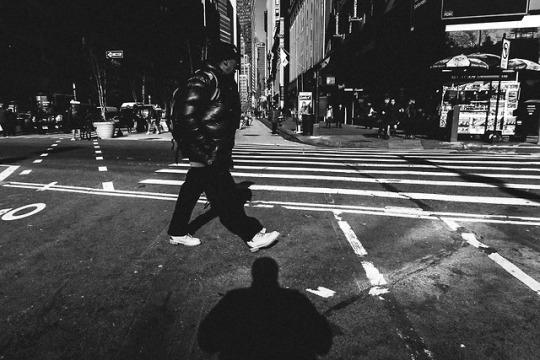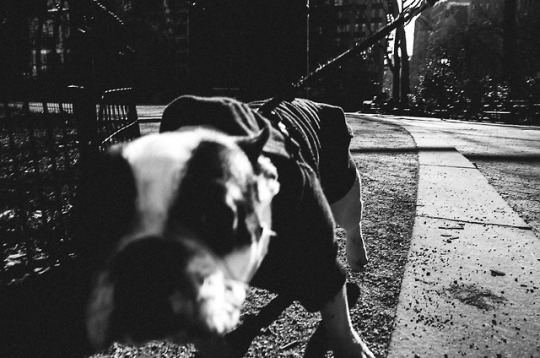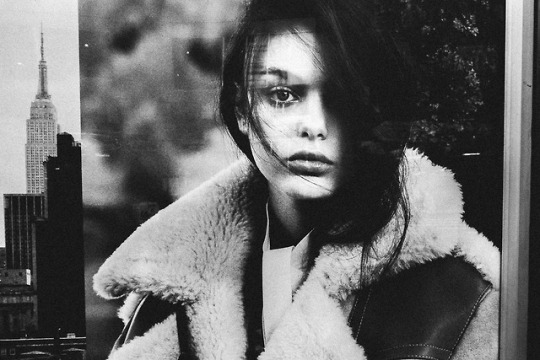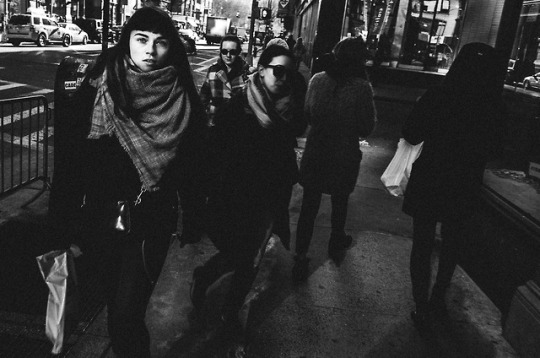I want to tell stories. But I want the people themselves to provide the narrative, and for that you must take a step back from the close-up. For me, the staged portrait becomes the last resort when I fail to connect with a person in a natural way or when becoming a fly on the wall or a human shadow is impossible. It is a shortcut, an excuse, and an exercise in frustration. I want to be invisible. I don't like people staring back at me. I'm basically shy and a bit reclusive, and life on the road has taken its toll — a carapace toughened by years of repetitive affection and leave-taking, rinse and repeat. I tend to not want to engage every person I photograph. I don't always want to ripple the waters.I don't like trying to converse through an interpreter while I'm watching intently for the gesture and expression that can define the moment and waiting for the light, color, and background to converge in some sort of harmony. I don't want anyone to say, "What do you want me to do?" I want to take them out of the studio and back into their lives. That's where the real story is.
Don't wanna be here? Send us removal request.
Text
The photographer is never satisfied
The photographer is always hungry, ever-curious, and never satisfied. The photographer is eternally grateful, yet always seeks to HAVE MORE! To experience more, to see more, and to shoot more.
The photographer doesn’t care too much about their equipment. The photographer uses the camera/tools/equipment that helps them make photographs with as little friction as possible, in order to be more prolific and to make more photos. The photographer doesn’t care too much about sharpness or image quality/resolution.
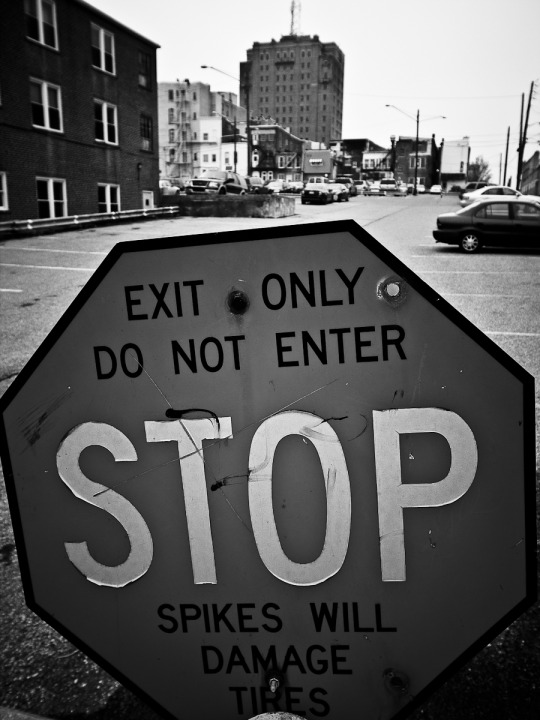
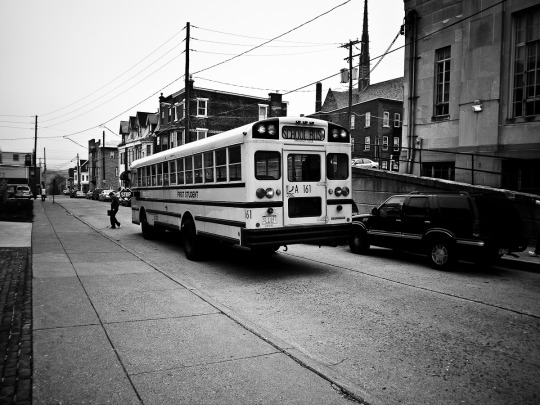

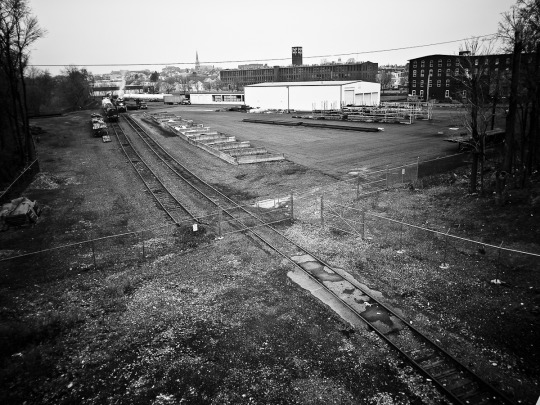
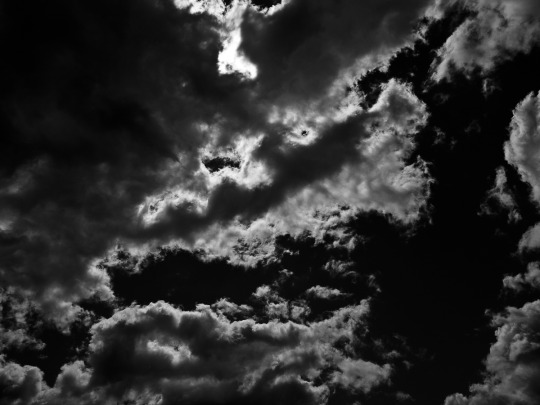
0 notes
Text
Why I love the Ricoh GR
I am convinced the best camera is the one that fits in your front pocket. That can be your smartphone, or a simple point and shoot camera. I prefer the Ricoh GR II because it fits in my front pocket, has a large sensor with great image quality (APS-C sized), and is affordable.
One day, I finally got the Leica M9. I thought it would fix all my life’s problems. It didn’t. Rather, it (eventually) started to collect dust on my shelf like any other camera. I then discovered the lie we are all spoon-fed by the internet and camera companies:
“If your photos aren’t good enough; your camera isn’t expensive enough.”
So the thing I realized for myself: the smaller my camera, the more compact, and the lighter it is– the more likely I am to carry it with me wherever I go, and the more likely I am to make photographs, and the more likely I am to find joy, happiness, and creativity in my life.
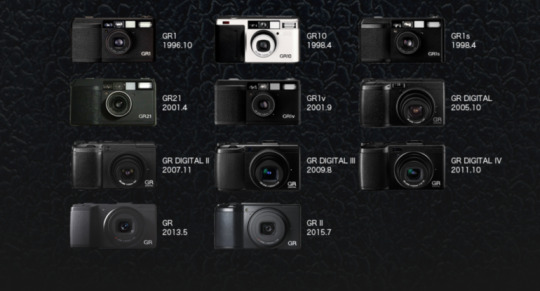
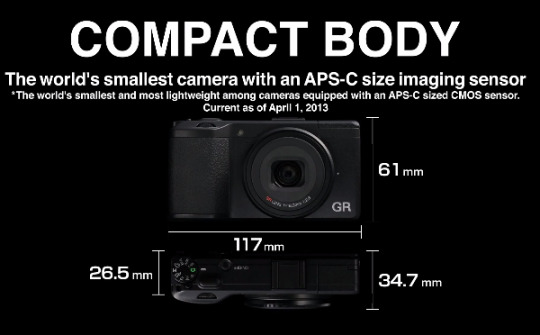
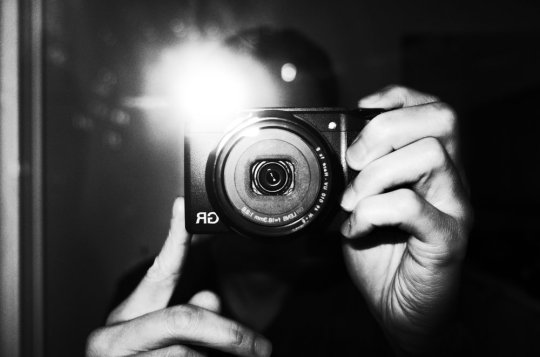

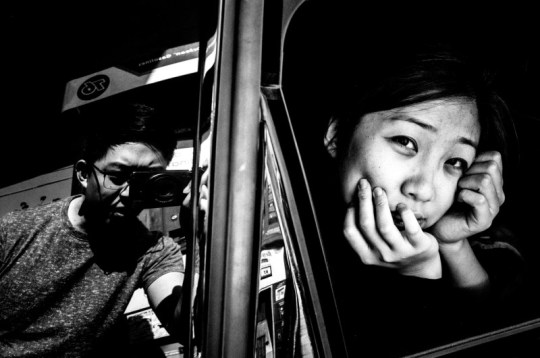

#ricoh GR#B&W Photography#street photography#35mm photography#point and shoot#daido moriyama#japanese photography#ny street photo#compact camera#pocket camera#best camera design
1 note
·
View note
Photo

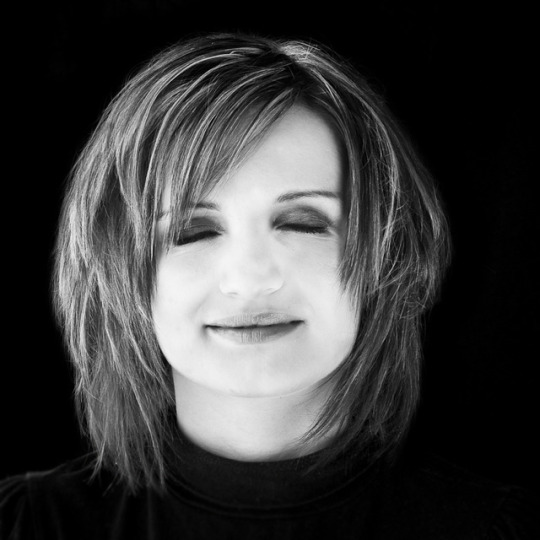
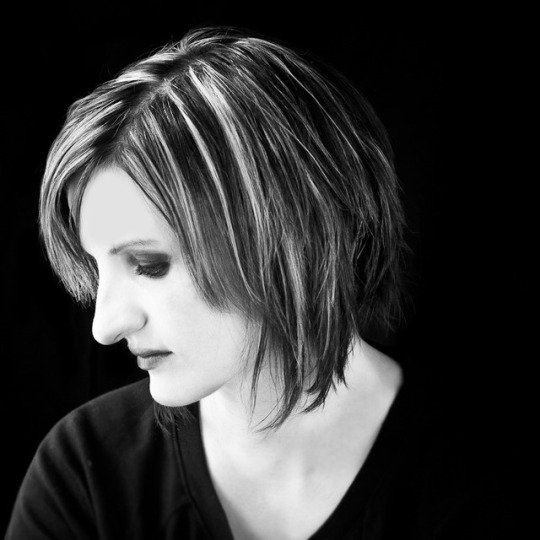
Sometimes one have to try new territories to get the feel for it and see if it can be pursued further with passion. My first attempt at posed portrait came unexpectedly one rainy afternoon. I loaded roll of B&W Kodak in my prehistoric camera and went through all 36 exposures in 5 minutes...
#b&w photography#film photography#35mm film#keep calm#philadelphia#kodakfilm#posed#soft box#tranquility
0 notes
Text
Daido Moriyama: The Shock From Outside
Interview with Ivan Vartanian, first published in the issue 203 of Aperturemagazine (Summer 2011). Moriyama’s latest volume, Labyrinth(Aperture, 2012), is now available.
IVAN VARTANIAN: Could you speak about your thoughts on the connection between image and language?
DAIDO MORIYAMA: Language is a direct medium and communicates meaning and intention straight. A photograph, on the other hand, is subject to the viewer’s memory, aesthetics, and feelings—all of which affect how the photograph is seen. It isn’t conclusive the way language is. But that’s what makes photography interesting. There’s no point in taking photographs that use language in an expository way. Taking photographs for the purpose of language is for the most part meaningless for me. Rather, photography provokes language. It recasts language; within it, various gradations outline a new language. It provokes the world of language: looking at images leads to the discovery of a new language. That is what I am about. Certainly, photographers—in particular photographers like me, who take street snaps—don’t shuttle back to words with each shot. The outside world is suffused with language. I don’t carry language and apply it to the outside world; instead, messages come in from the outside. That is what provokes me and what I react to. That is the nature of the connection, I think.
That said, I cannot explain every image that I have taken. If I tried to, it would be a sham and boring; it would come across as trivial. That’s not the intention. Each photograph is felt, but there isn’t just one reason for releasing the shutter—there are several reasons, even with a single exposure. The act of photographing is a physiological and concrete response but there is definitely some awareness present. When I take snapshots, I am always guided by feeling, so even in that moment when I’m taking a photograph it is impossible to explain the reason for the exposure. Something might, for example, seem erotic to me. That in itself is a gradation that contains a multiplicity of elements.

IV: In your early magazine work, your photographs are often accompanied by texts you’ve written in an “editorial voice” of sorts.
DM: When I was young, I used to write accompanying texts for my images. Those writings had something of a didactic relationship with the images. In the end, the language with which the viewer sees the photograph changes the image’s content. Even if I chose a word or language with which to take an image, it would be impossible to have everyone feel the same way. Perhaps by chance, a viewer may have a similar feeling.
In working with my older photographs, I treat them as if they are something new—if I didn’t, presenting older work would be pointless. What I photographed at a certain point may have been vivid at the time, but with the passage of years, its luster weathers with it. All work is subject to format, ways of looking, editorial style—all of which influence and alter the work.
That process of alteration is one of the things I love about photography. In essence, through the process of recomposing the work, the photograph is revitalized as something that is contemporary—now. This can be done countless times with any image. In a way, this is like saying that within each image, there is a multitude of possibilities. A single photograph contains different images.
I happen to have produced many books of photographs. I work with others on them—people I trust to a certain extent—and I leave it to them to do the recomposition (as, for example, with Shashin yo, Sayonara [Farewell, Photography; 1972]). The work becomes more vivid than when I do it myself. If I do it myself, I cannot avoid being influenced by memory; I strain to stave off that impulse and inadvertently create a palpable tension—and the outcome is often odd! Whereas when I work with a third party—or even someone more removed—filtering the images through their eyes, the photographs come alive, I think. Photographs that I’ve taken ten years ago even now seem vivid. If an image is good, it is brought back to life by the feelings of the viewer.
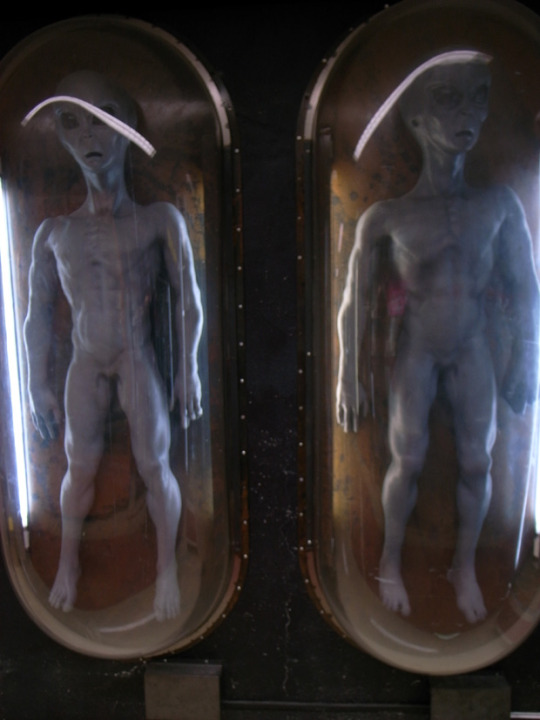
IV: What about the function of the photograph as information? Your work, especially from the 1970s, had so much to do with destabilizing this aspect of photography.
DM: Photographs of any generation are in a basic sense, at that moment, information. Photography is underpinned by information. No matter how conceptual a photograph may be, it contains information at its most fundamental level. But the means by which information is communicated is specific to each generation. A recently shot photograph is just as viable to me as one shot ten years ago.
IV: Do you make a distinction between the different media in which your work appears—magazines and books, exhibitions?
DM: I don’t generally make a distinction between them. A magazine has a particular objective, namely it is about the now. In that sense, it uses the information aspects of photographs. And depending on the editorial direction, the photographs may radically change. So if the editorial direction of a particular magazine doesn’t sit well with me, I don’t allow my photographs to be used in it. But in principle, whether a photograph is framed and mounted as part of an exhibition or shown in a photo-book or magazine—these are just different modalities of the same image. Each is interesting in its way. For that reason, I don’t place a lower ranking on magazines. At times, in fact, the magazine reproduction has been the best format for an image, trumping other forms. Again, what interests me is seeing my photographs in a manner that makes them seem different. And in the magazine context, if the photograph doesn’t come alive, it doesn’t necessarily mean there was something wrong with the editorial direction; it probably means the photographs aren’t that strong. There are two sides of a coin.
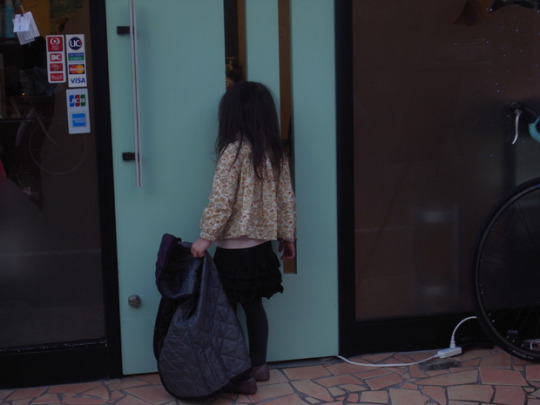
0 notes
Text
10 Lessons Elon Musk Has Taught Me
I’m an Elon Musk fanboy until I die. Here are some practical lessons I learned from him, from his recent interview with Joe Rogan:
1. Remove lag/latency
remember when I was a kid, playing Counter-Strike 1.6. The worst downside was having ‘lag’ (latency) which would cause you to lose. Same goes with Starcraft.
The reason why people love the Tesla (or electric motor cars in general) is that there is a better reaction time. The moment you put the pedal to the metal you get instant feedback, and an immediate response!
2. Give others benefit of the doubt
A good life philosophy from Elon Musk:
Assume others are good people.
The problem with the internet is that we have this wrong representation of the world. We assume the world is full of trolls. But in reality, very few people are negative and nasty. Even with trolls on the internet, they represent probably only .01% of the population. Because most ‘normal’ people don’t write comments. And for the people who do write comments, they tend to be extreme people (either extremely positive, or extremely negative).
Thus, it is a good idea that we should treat others,
‘Innocent until proven otherwise.’
First principle: Assume other people are good, and have good intentions.
3. Remove bottlenecks
What holds back innovation? Bottlenecks. Bottlenecks either in individuals or social structures.
To increase the rate of innovation, we should seek to remove any kinks in the pipe-line, to straighten the pipe-line, and to remove bottlenecks, which prevent the desired outcome from happening.
Question: How can you remove bottlenecks from your life? What slows you down or gets in your way? How can you eliminate these bottlenecks?
4. I like to get things done
‘I like to get things done’ – Elon
I can relate with Elon Musk — I like to get things done. And similarly, like Elon Musk, I like to ‘be useful’.
Another idea I got from Elon:
“Do useful stuff for other people that I like doing.”
No need to be a martyr to die or kill yourself for some ‘greater’ cause (and unnecessarily put yourself through superfluous pain). Instead my suggestion is simple:
Do meaningful work that empowers others and yourself.
5. I’ll try it
‘Ill try it’ – Elon
Good attitude to life. When in doubt, just try it out. You never know if trying something novel can help empower you!
6. Make the future something you look forward to!
A lesson I learned from Elon:
Maximize the probability the future is good…make the future something you’re looking forward to!
Or in other words,
Do you look forward to waking up in the morning?
Elon doesn’t want to make humans a space-faring species just for the sake of looking at space. I think he wants to do it in order to make us humans to dream big! To have optimism for the future! To realize that the best isn’t behind us; the best is yet to come.
7. Make things that people love!
“Very few things we buy really give us joy…” – Elon
Elon is right, very few things that we can purchase bring us real joy.
So as a simple tip,
Make something that people love.
Make things that you love yourself. That means create things with your soul, with the soul of a craftsman (like the spirit of Steve Jobs). Put your name on the line, and sign what you do– to show that you genuinely care what you create! (This is what Steve Jobs did with the original Macintosh; the Mac team all signed the inside of the original Macintosh).
8. Are you pro-human?
“I’m pro human — I love humanity, it is great!” – Elon
Simple question,
Do you like humans? Are you pro-human?
Strangely enough, I know some people who say “I hate people”. When I hear that, I think what people mean to say is:
I hate people who are assholes.
But I think all of us love humans. We love those we care about– we love our friends, family, and loved ones.
But I think in terms of my hierarchy of being human is this:
First start off by loving yourself, then love your local community, friends, and family.
Then when you are stronger, do the second (more epic step):
Extend your love for all of humanity.
This is why Jesus is one of my great inspirations. He genuinely cared and loved ALL of humanity– unconditionally.
9. Love is the answer
“[This is] corny, but love is the answer. It doesn’t hurt having more love in the world.” – Elon
Simple and true: it doesn’t hurt to have additional love in the world.
When in doubt, be generous, give the other the benefit of the doubt, and show love.
10. Deleting social media
“Instagram is so thirsty, yet gives you Death by Water.” — Elon
Elon says that it is “Easier to be mean on social media, then be mean in real life.” Truth.
The internet is weird; it changes how people interact, because when you’re on the internet, you don’t have any ‘skin in the game’ (especially when you’re anonymous). Thus anonymity on the web brings out some bad things inside of people.
Yet at the same time, most people are good. I think the medium of the web just encourages (some) negative and toxic folks. But still– I am the optimist. I think 99.9999% of the internet is positive. It is just the tiny .000001% of trolls who have their voice over-represented.
I know that for myself, ever since I deleted my Instagram, I have re-gained some control of my brain. I care less about what others think of me, and I have started to care more about what I think.
If Elon Musk can delete his Instagram, if Kanye West can delete his Instagram, if Jay Z and Dr. Dre not have an Instagram– why can’t you?
Go Elon
Elon; keep hustling, you’re empowering so much of us. Keep hustling, and so we will we.
0 notes
Video
youtube
Documentary that redefined the way I look at photography.
0 notes
Text
MoRe $$$$ spent on books???
Akio Nagasawa, owner of one of the most prestigious art gallery in Japan, just announced 4 new book releases from the master and God Father of street photography - Daido Moriyama.
For some reason I enjoy lying down decent cash on a signed, limited edition photography books - I have a rather extensive collection of 89, signed books from Moriyama, William Klein, Eliott Erwitt, Robert Frank and others...I really like the fact that each one of those books were touched by the pen of genius giving their front cover timeless - personal touch.
I have no other choice but abuse my bank account one more time. On the other hand life is short and we have to enjoy what we like....
http://www.akionagasawa.com/en/publishing/
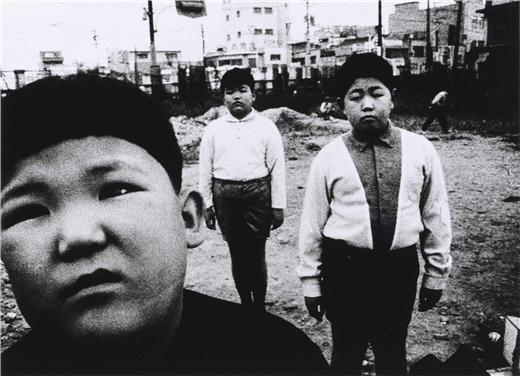
0 notes
Text
ToMeK departure
I met Tomek at Brirdland in NY in 2010. He was promoting his new album - “Dark Eyes” and somehow I got first row tickets with back stage pass. It was life changing experience - we were both from Poland, with a deep love for Jazz, meeting 5000 miles away from our mother country.
I have been listening to Stanko’s music for years with a deep admiration for his talent and trumpet playing technique, often comparing him to Miles Davis.
I remember that moment as if it just happened - It was Sunday, July 29th when my mom sent me a text from Poland - “Artur - Stanko nie zyje” ( Artur - Stanko just died)..........RIP Tomek!
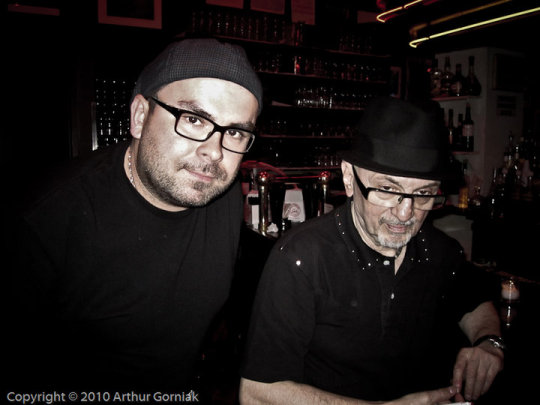
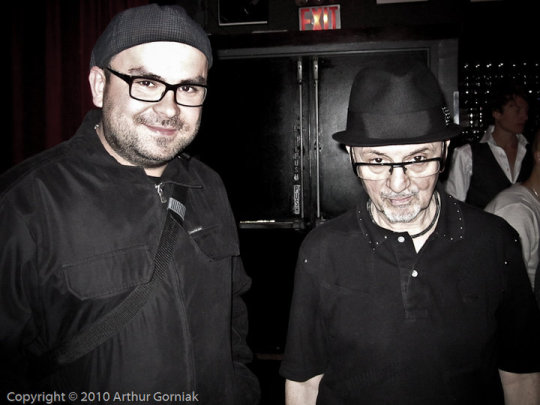
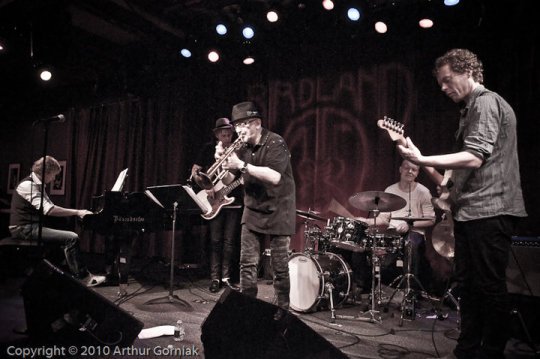
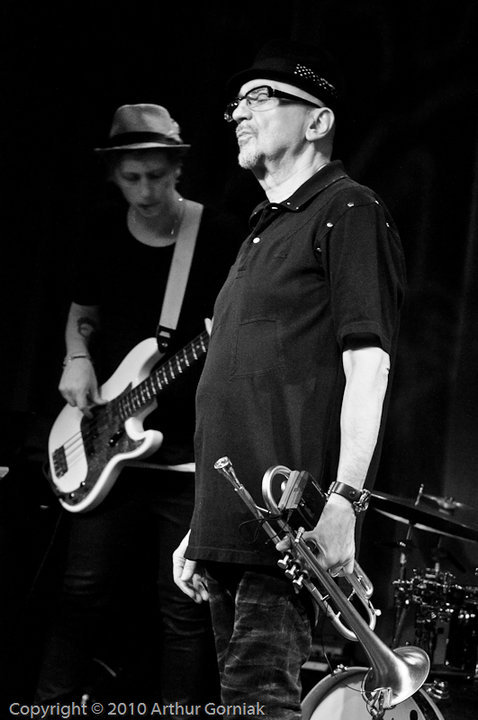
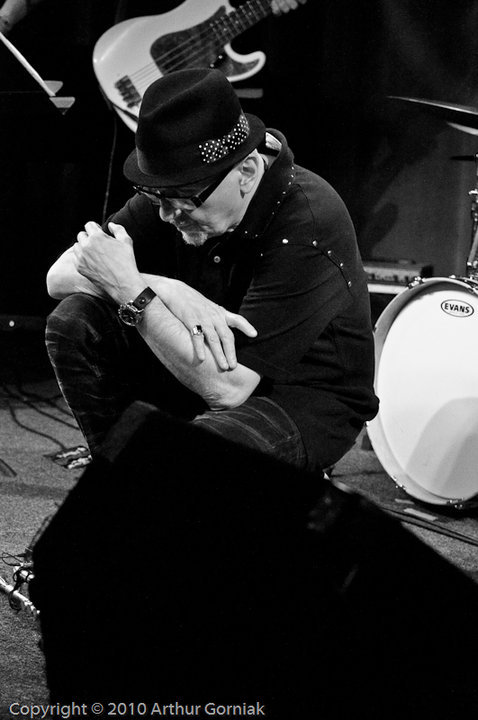
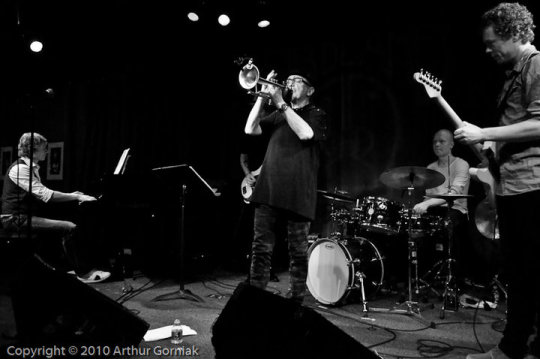
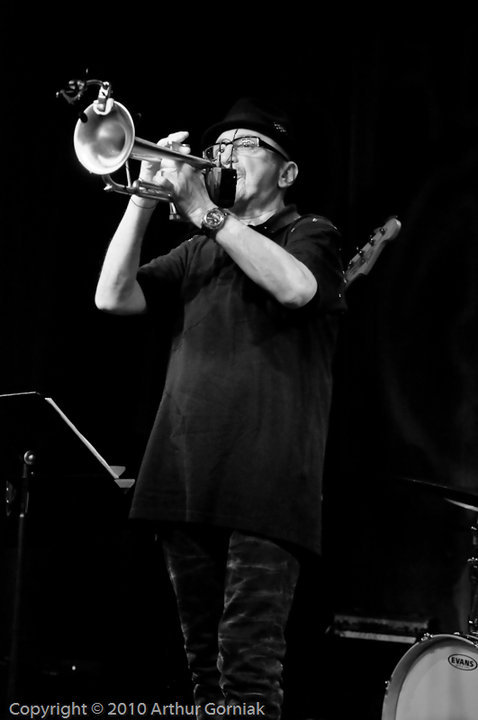
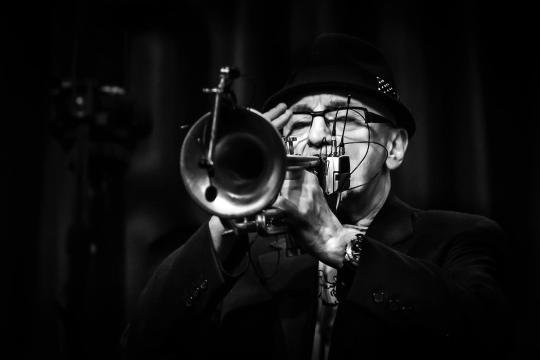
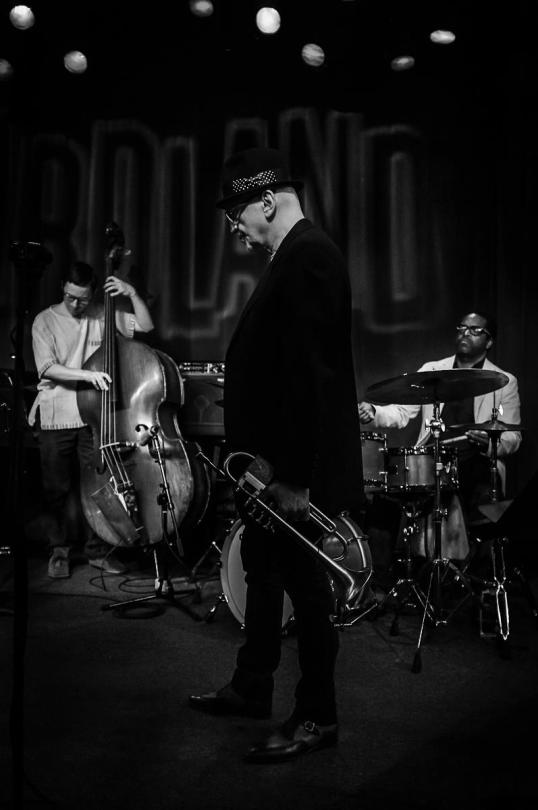
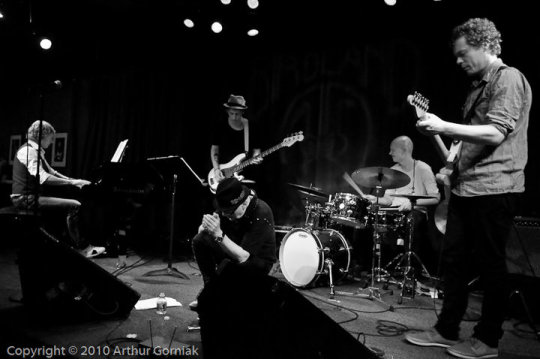
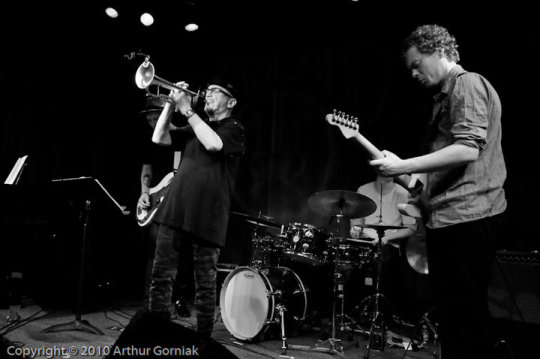
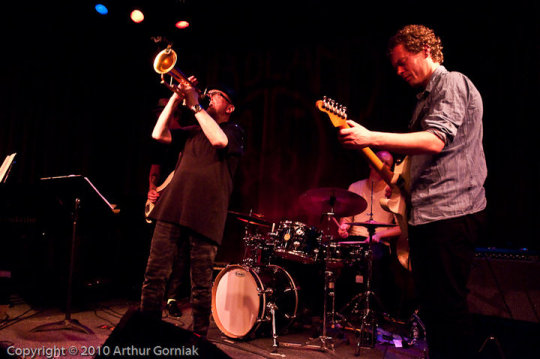
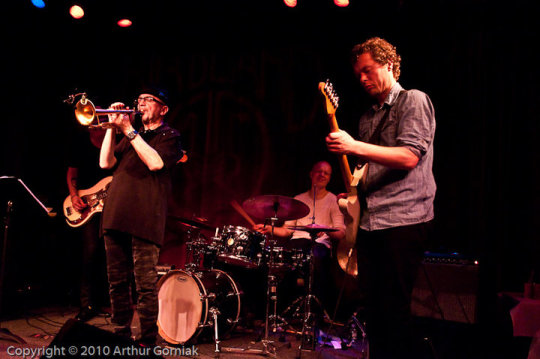
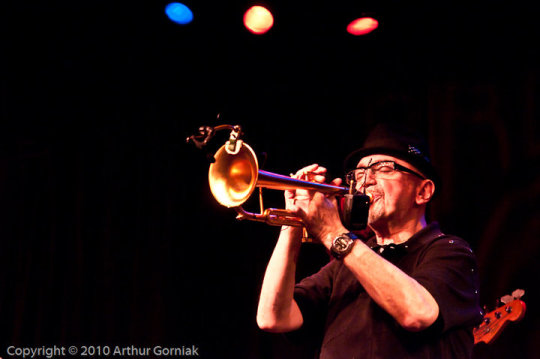

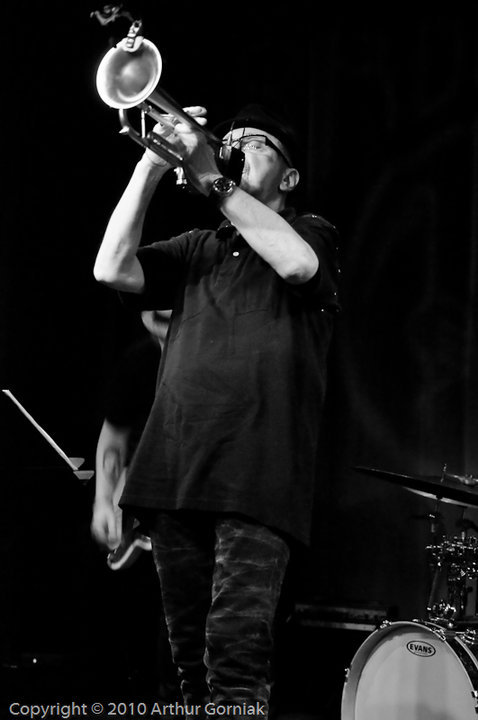
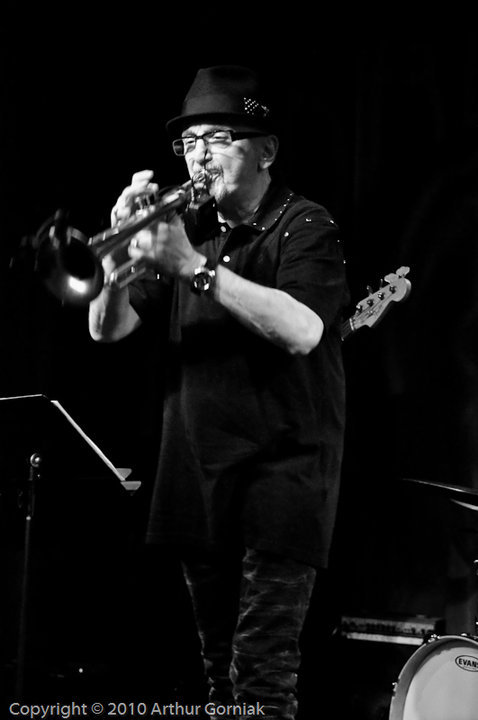

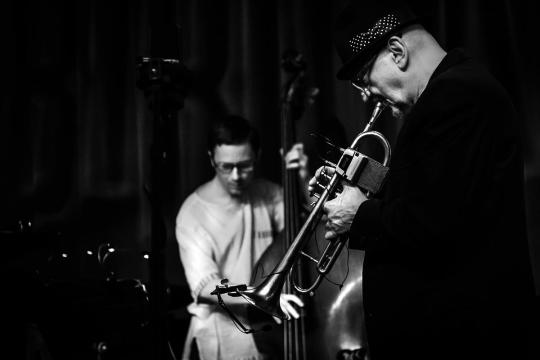

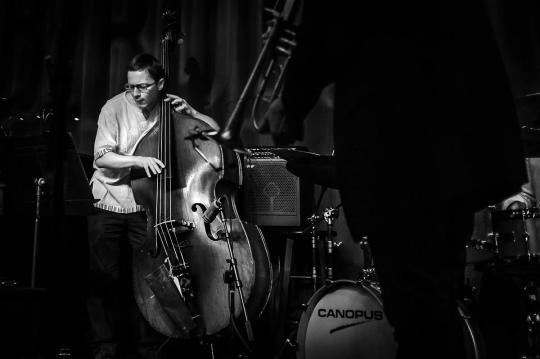
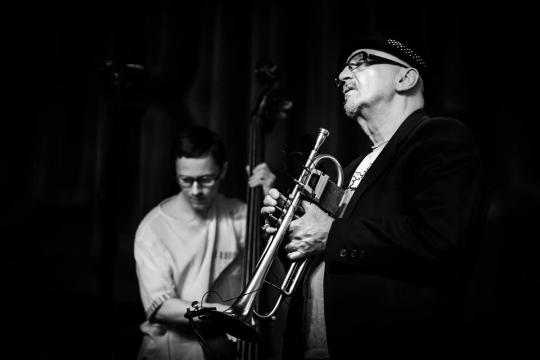
0 notes
Photo


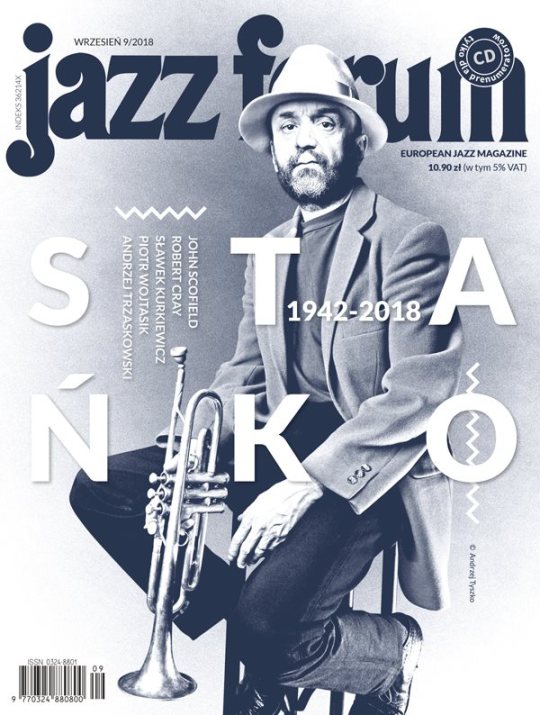

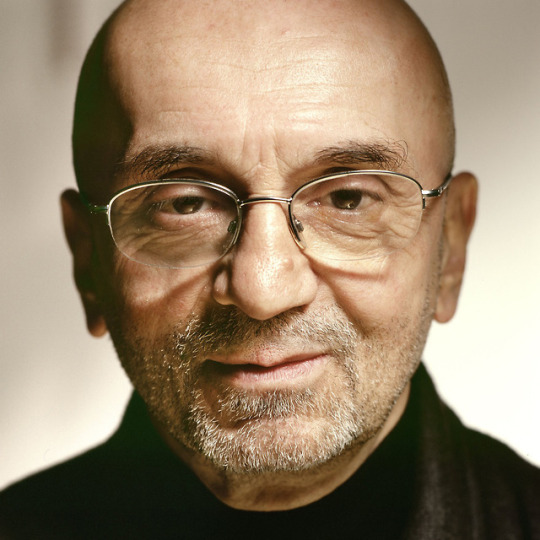
TOMASZ STANKO (1942-2018) The great Polish trumpeter Tomasz Stanko has died, aged 76. An innovative force in the music, with an immediately identifiable sound - integrating, by his own description, “Slavic melancholy and the blues” - Stanko first came to broader attention in the early 1960s with the groups of composer-pianist Krzysztof Komeda, playing on the soundtracks of Polanski’s films and contributing to the Komeda album Astigmatic, one of the defining recordings of new European jazz. The trumpeter would reassess this period of his life on the widely-acclaimed Litania in 1997. Tomasz made his ECM debut in 1975 with the great Balladyna album featuring Tomasz Szukalski on tenor sax, Dave Holland on bass and Edward Vesala on drums. Stanko and the Finnish drummer enjoyed a close artistic friendship, playing together in various configurations including Vesala’s large ensemble on Satu. Like his early hero Miles Davis, Stanko was a discerning bandleader and each of his groups had its own distinct character. Matka Joanna and Leosia, with Bobo Stenson, Anders Jormin and Tony Oxley balanced lyricism and turbulent free play. The band on From The Green Hill – with its unusual frontline featuring Stanko, John Surman, Dino Saluzzi and classical violinist Michelle Makarski - grew out of an experimental session at an ECM festival in Badenweiler. Soul of Things introduced the world at large to the talents of Marcin Wasilewski, Slawomir Kurkiewicz and Michal Miskiewicz, and on Suspended Night and Lontano, one could hear their improvisational capacities opening up under Stanko’s guidance. Wasilewski and co always hailed Tomasz as their mentor, a claim he would modestly wave away: “No, no – I’ve learned just as much from them.” Dark Eyes pooled the talents of young improvisers from the North, with two Danes (Jakob Bro and Anders Christensen) and two Finns (Alexi Tuomarila and Olavi Louhivuori) in a programme referencing music originally written to accompany plays of Swedish writer Lars Norén, as well as a title track inspired by an Oskar Kokoschka painting. “Everything you experience gets into the music,” Tomasz said, “but I’ve always been touched as much by art as by anything else in life. Fiction, poetry, film, the theatre. The visual arts especially. The way a painter uses paint, or the way he approaches form, distorting it to abstraction, or painting naturalistically or poetically ... these aspects can be paralleled in my musical language, in the way I shape a melody line.” By the early 2000s, Stanko was splitting his time between New York and Warsaw, subsequently founding a New York Quartet, strikingly free of native New Yorkers, for the album Wisława with Cuban born pianist David Virelles, Detroit drummer Gerald Cleaver, and Californian bassist Thomas Morgan, replaced on December Avenue by Reuben Rogers from the Virgin Islands. In all of his groups Tomasz encouraged freedom of expression and he derived great pleasure from the improvisational contributions of his musicians. Before becoming ill earlier this year he was looking forward to touring in a new quintet with fellow trumpeter Enrico Rava, pianist Giovanni Guidi and the New York Quartet rhythm team of Reuben Rogers and Gerald Cleaver. Friends since 1965, Stanko and Rava had touched on almost all aspects of modern jazz in the course of their long careers – from the freest free playing (both had worked with Cecil Taylor and with Globe Unity) to the tenderest Chet Baker and Miles Davis - inspired balladry – and in concert were developing a broad programme to reflect all of this. Thank you for your music and rest in peace, dear Tomasz!
0 notes
Text
Can photography be a meditation?
My portfolio could be considered as an explanatory that seeks to illustrate the issue of my city decay and detachment, often with the subject matter that is specific to my city and that can be dated by visual evidence within my photographs. Reflective outcome of my work makes a viewer think about what is being said and expressed in the photograph.
I work exclusively with monochrome because this is exactly how I view urban areas where I live. I found the 35mm focal length to be the most suitable for the snapshot style that I use throughout. My images despite their rather unpleasant nature are presented in the high contrast scheme being chaotically composed and presented. Going from one frame to another, the viewer gets the feeling that the series is cohesive and taken by the same artist. The presence of human beings amplifies the urban city decay narrative further opening it to the interpretation and ambiguity. Some of my frames portray harmony, unity, or emphasis while others could be viewed as chaotic or portraying contrast – the opposition. I take all the time needed treating my photography as a form of meditation.
Relaying heavily on the juxtaposition where lines, shapes, the contrast between the light and shadows as well as texture, and proportions play an important role, I try to design the memorability. I hope the viewer will have an emotional response but I do not care whether it is positive or negative. I do not force the narrative onto the viewer – I want the conclusion to be reached with time after careful evaluation of the formal side of my photographs. I somehow help the story by capturing my subject with the lens set to F8. Every detail translates into the important story of that day – the careful object placement that existed when the shutter button was released.
Taking photographs is one of my obsessions. Or perhaps it is the other way around: my obsessions force me to take photographs. Essentially, my interests are endless. I suppose New York is an obsession that consumes me – it had, because of this class, developed continuously and become something necessary to me.
0 notes
Text
What is my approach to photography?
There is this thing called a jigsaw puzzle. It’s an extremely pessimistic game: approaching a complete image by focusing on detailed parts. However, I think it’s somewhat comparable to how I feel about photography, and I like that. Returning to the beginning of my project’s story, I said that New York, to me, have a symbolic hometown meaning and the photography is more memory than documentary. In other words it is a jigsaw puzzle.
In the relation to the photography that I have taken so far, even when I had decided on something like a theme, I didn’t prepare any material or do any research – it could even be said that I never do such things. There are many photographers creating great works who do things precisely, in advance, ascertaining a method or course, but I am just not good at this. It’s my belief that the place where I am with my camera, the place that I get myself into, is what matter to my photographs. In other words, whatever background knowledge or image I have in mind can easily be overturned as soon as I get to the actual place. Therefore, even if I use a specific method or try to show something from a certain viewpoint, this always develops on the spot. In this way, I am almost like a detective, completely relying on the crime scene. Of course, this is also connected to my interest in the images that are made on the spot, and to the way the image inside myself competes with real place. In short, photography is linked with place above all else.
I am usually introducing bias – my own look at the place, the one I would like to share with the viewer. Active framing begins with the narrative of my frames usually working its way out to the edges of introduced frames. Within my photographs, the form is arranged in a way so specific that the images are resolved entirely by the frame edges – everything in the photograph is there with purpose. I am trying to form my images from the world around me but dictate the exact relationship of the form within the frame. I am always considering the fact that the photography is the paradox that has both denoted and connoted meanings.
0 notes


